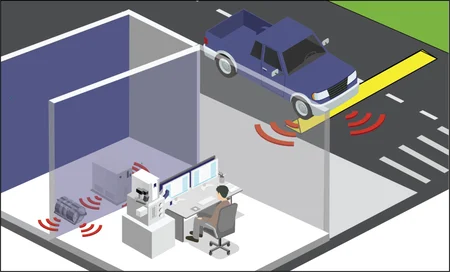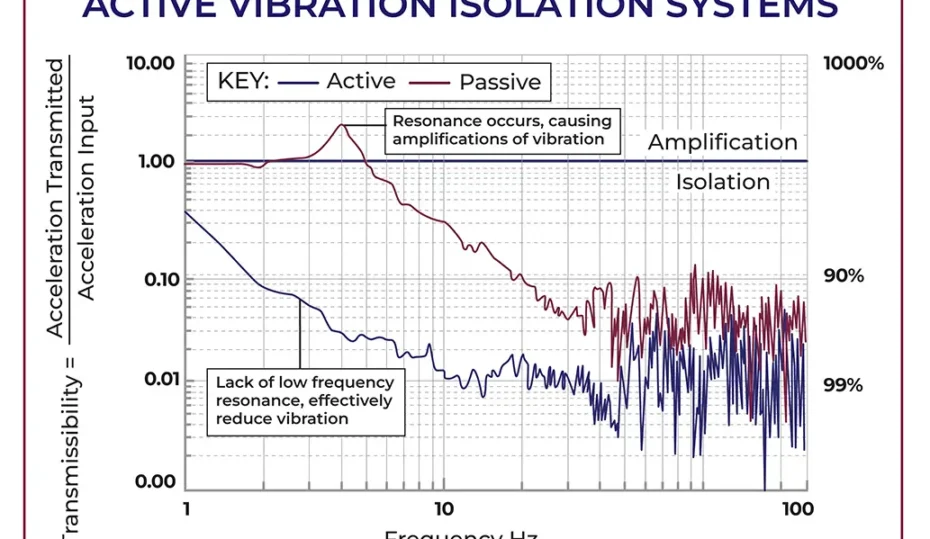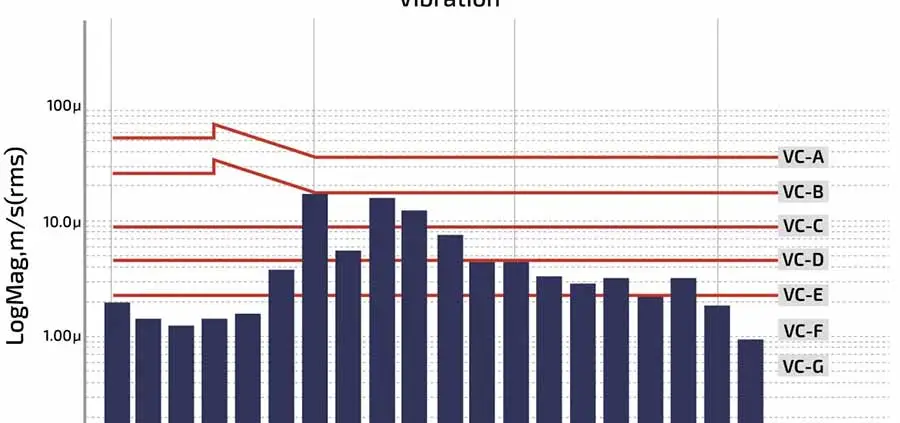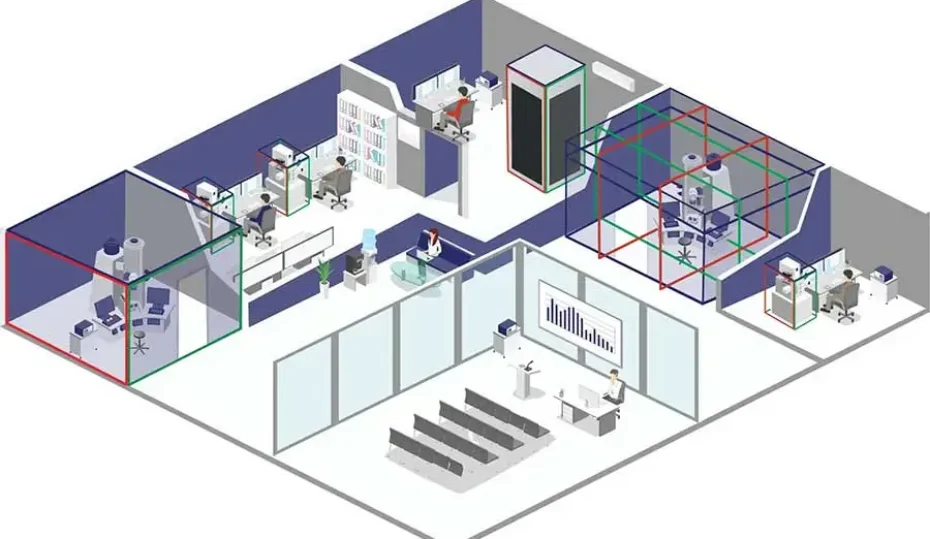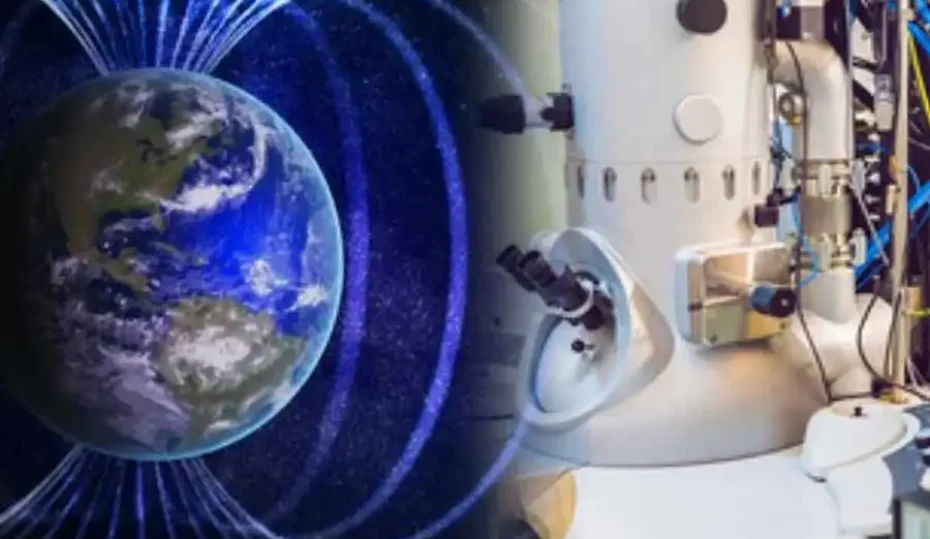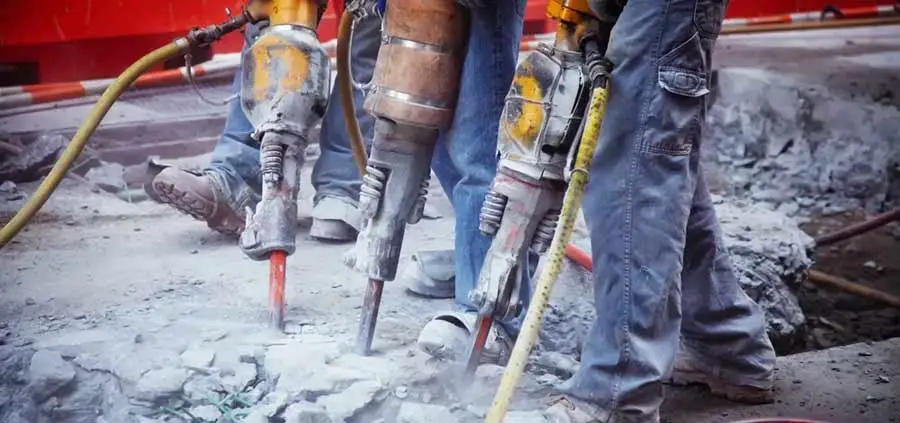Electron Microscope Vibration: An Increasing Issue in Today’s Laboratorieswewewe
Electron microscope vibration is an increasing concern in modern laboratories because of improving resolution and extended duration imaging. At higher resolution, external vibrations have a proportionally greater impact on image quality. Also, extended duration imaging and 3D reconstructions cause image quality to be more susceptible to incremental sources of vibration
Read more
Active vs. Passive Vibration Isolationwewewe
Active vs. passive vibration isolation, understanding the difference is critical to mitigating the impacts of vibration on equipment performance. Passive isolation systems use the natural properties of a spring and a dampener to reduce vibration.
Read more
What are VC-Curves, why are they useful, and how are they relevant?wewewe
Vibration Criteria Curves, or VC-Curves, are a standard way to report vibration. They are helpful because they allow users to compare vibration levels across locations using a standardized, widely accepted format. However, electron microscopes
Read more
How EMI Cancellation Systems Workwewewe
An EMI cancellation system cancels electromagnetic interference (EMI) that degrades electron microscopes performance. Using a sensor, controller, and field canceling loops, the EMI cancellation
Read more
EMI Interference: Understanding and Mitigating AC and DC Magnetic Fieldswewewe
DC and AC magnetic fields create electromagnetic interference (EMI) that can degrade the performance of electron microscopes and e-beam lithography tools. Although AC and DC magnetic fields are related, each impacts equipment differently.
Read more
Understanding and Mitigating Vibration In Your Facilitywewewe
Low-frequency and high-frequency vibration both have a significant impact on electron microscopy laboratories and high-tech manufacturing facilities. These two types of vibration stem from different causes and the strategy for mitigating vibration for each is also different
Read more
